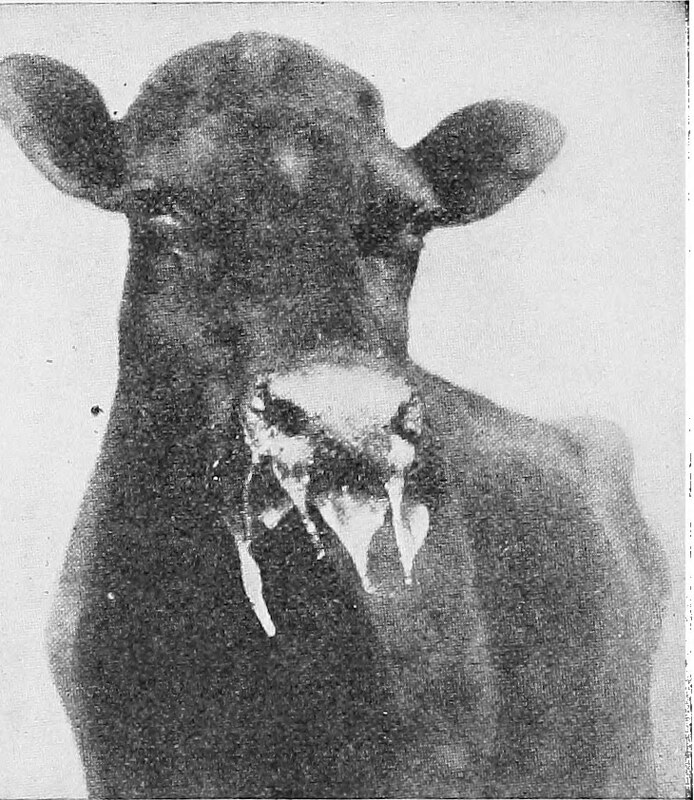
Hundreds of thousands of livestock are at risk of contracting a dangerous and highly contagious, foot and mouth disease, which sporadically emerges across parts of the country.
In spite of the viral diseases having less than 5 per cent mortality rate in adult cattle, it highly affects milk and meat production which are the main products from livestock.
Although the disease, which has been reported in Transmara Sub-county, mostly affects cattle it also attacks goats and sheep. The county has more than 1.8 million cattle, goats and sheep.
Related News:Facts on Foot and Mouth disease
Related News: Farmers use salt and ash to tackle deadly foot and mouth
Affected animals show reduced milk production, massive weight loss, mouth and feet blisters, froth from the mouth, and quivering lips, among others symptoms.
Quarantine
John Mugambi, an animal health researcher at the Kenya Agricultural and Livestock Research Organisation says massive losses can be averted in three main ways.
“The immediate action farmers must take once upon suspicion is reporting to the authorities for a quarantine to be affected. But farmers can also restrict movement of their herds to common drinking and grazing areas because the infection is highly contagious,” he said.
Vaccination
The researcher says vaccination is the most effective control method because it cannot be cured. Vaccination costs less than Sh150 and can be accessed by animal health service providers.
“More than one viruses cause this disease and each has its own vaccine. But a multivalent vaccine is the most effective because it does not call for scrutiny of the type of virus to be targeted,” Mr. Mugambi said.
Related News: Nandi farmers using ‘Kangara’ to treat foot and mouth disease
Salt on dry grass
Another preventive measure is the application of Magadi soda at the entry point into and out of cow sheds and homesteads-for free-range farmers. The salt, which is found in most agrovets, sterilises the feet of the animals and the visitors. It should be spread on dry grass.
Danger
Fears of further spread are rife in this county, which is dominantly home to pastoralist community, the Maasai. According the county government statistics, there are 727,480 cattle, 995,241 sheep and 729,722 goats.
















Comments powered by CComment